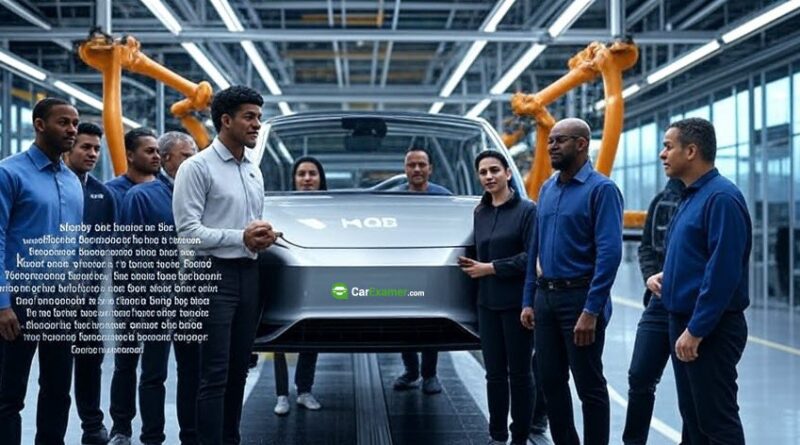What Is the MQB Platform? Volkswagen’s Modular Architecture
The MQB platform is one of the most significant innovations in modern automotive engineering, especially for the Volkswagen Group. If you’ve driven a Volkswagen Golf, Audi A3, Skoda Octavia, or SEAT Leon, your car likely rides on this platform.
This guide explains what the MQB platform is, how it works, which vehicles use it, and why it matters to both manufacturers and car buyers.
What Does MQB Stand For?
MQB stands for Modularer Querbaukasten, which is German for Modular Transverse Matrix. It is a modular vehicle platform developed by the Volkswagen Group for cars with transversely mounted engines (mounted sideways).
Simply put, MQB is a shared foundation that allows multiple vehicle models and brands to be built using the same core components and design.
Why the MQB Platform Was Created
Before MQB, each VW model had its own separate platform, resulting in higher production costs and longer development times. With MQB, Volkswagen aimed to:
- Reduce manufacturing complexity and cost
- Speed up vehicle development
- Share technology across models and brands
- Improve efficiency, safety, and quality
Key Features of the MQB Platform
- Modular Design: Allows flexibility in wheelbase, width, and body type
- Transverse Engine Layout: Optimised for front-wheel-drive and some all-wheel-drive setups
- Component Sharing: Unified parts for suspension, electronics, steering, and powertrains
- Scalability: Supports hatchbacks, estates, SUVs, and MPVs of varying sizes
Cars Built on the MQB Platform
Volkswagen
- Golf Mk7 and Mk8
- Passat B8
- Tiguan
- T-Roc
- Polo (newer generations)
Audi
- A3 (Mk3 and Mk4)
- Q2
- TT (third generation)
Skoda
- Octavia
- Superb (B8 and newer)
- Karoq
- Scala
SEAT
- Leon
- Ibiza (latest generation)
- Ateca
MQB also supports plug-in hybrid versions like the VW Golf GTE and Audi A3 e-tron.
Benefits of the MQB Platform
1. Cost Efficiency
Using standardised parts reduces production and maintenance costs.
2. Quicker Model Development
New models can be brought to market faster thanks to shared engineering.
3. Better Reliability
Fewer unique components means simpler repair and more consistent quality.
4. Tech Integration
Designed to support advanced driver assistance systems, hybrid systems, and digital dashboards.
5. Versatility
One platform can underpin everything from a compact city car to a mid-size SUV.
Limitations of MQB
- Front-engine only: Not suitable for rear-wheel-drive layouts
- Limited EV capability: Can only support plug-in hybrids; full EVs need a different platform
- Less differentiation: Cars across brands may feel more similar due to shared parts
MQB vs. MEB: What’s the Difference?
- MQB: Platform for petrol, diesel, and hybrid vehicles with transverse engines
- MEB: VW’s electric-only platform designed for battery-electric vehicles like the ID.3
As the industry moves toward electrification, MEB will take over EV development, while MQB remains in use for combustion and hybrid vehicles.
Conclusion
The MQB platform is a foundation that allows Volkswagen Group to produce a wide variety of cars efficiently and cost-effectively. If you’re driving a VW, Audi, SEAT, or Skoda built in the last decade, chances are it’s based on MQB.
With its flexibility, safety features, and ability to reduce costs, MQB has become one of the most successful automotive platforms in the world.
Buying a used VW. Buying used vauxhall, BMW, Jaguar, Ford, Volvo, Range rover, Bentley, Aston Martin, Porsche, Ferrari, Lamborghini, Maserati, Hyundai, Tesla, Honda, Pagani

